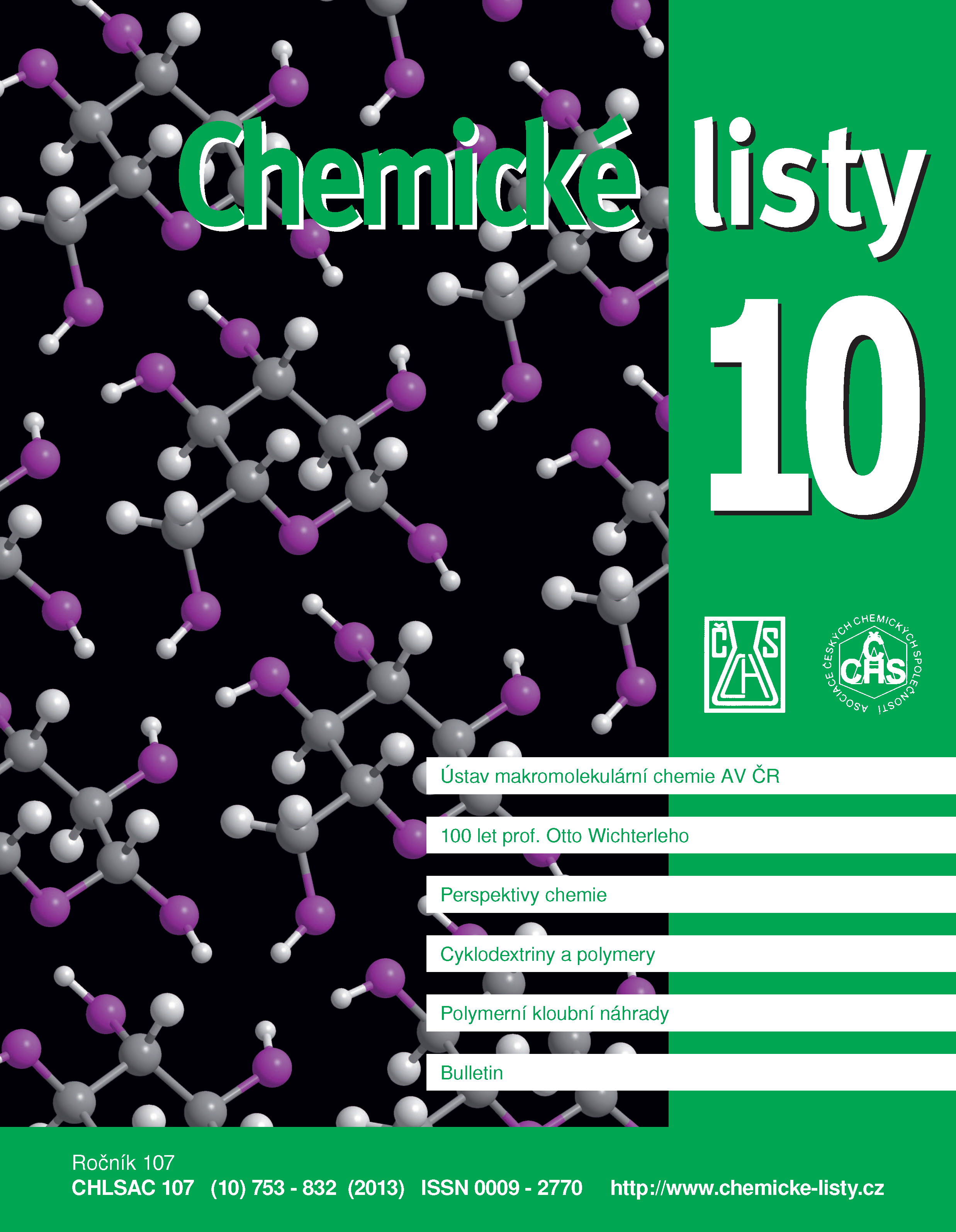Ultrahigh Molecular Weight Polyethylene for Total Joint Replacements with Longer Lifetime
Keywords:
ultrahigh molecular weight polyethylene, joint replacements, abrasion, oxidationAbstract
Ultrahigh molecular weight polyethylene (UHMWPE) is a key component of modern total joint replacements (TJR). The most frequently replaced human joints are hips and knees, followed by shoulders, elbows, etc. However, UHMWPE liners are the most loaded components of the implants. Consequently, the main material-related reasons of TJR failures are wear and oxidative degradation of the polymer. Resistance to wear (i.e. release of microscopic particles from the polymer surface) is increased by radiation-induced crosslinking. Oxidation stability (i.e. resistance of polymer to chain scissions and deterioration of mechanical properties) is enhanced by means of suitable thermal treatment and sterilization protocols. The most recent trend is to employ a biocompatible stabilizer – vitamin E – for further improvement and fine-tuning of UHMWPE performance. This review summarizes the recent developments in UHMWPE modifications, which come both from the author's institute and from the world, and which should further increase lifespan of total joint replacements.





